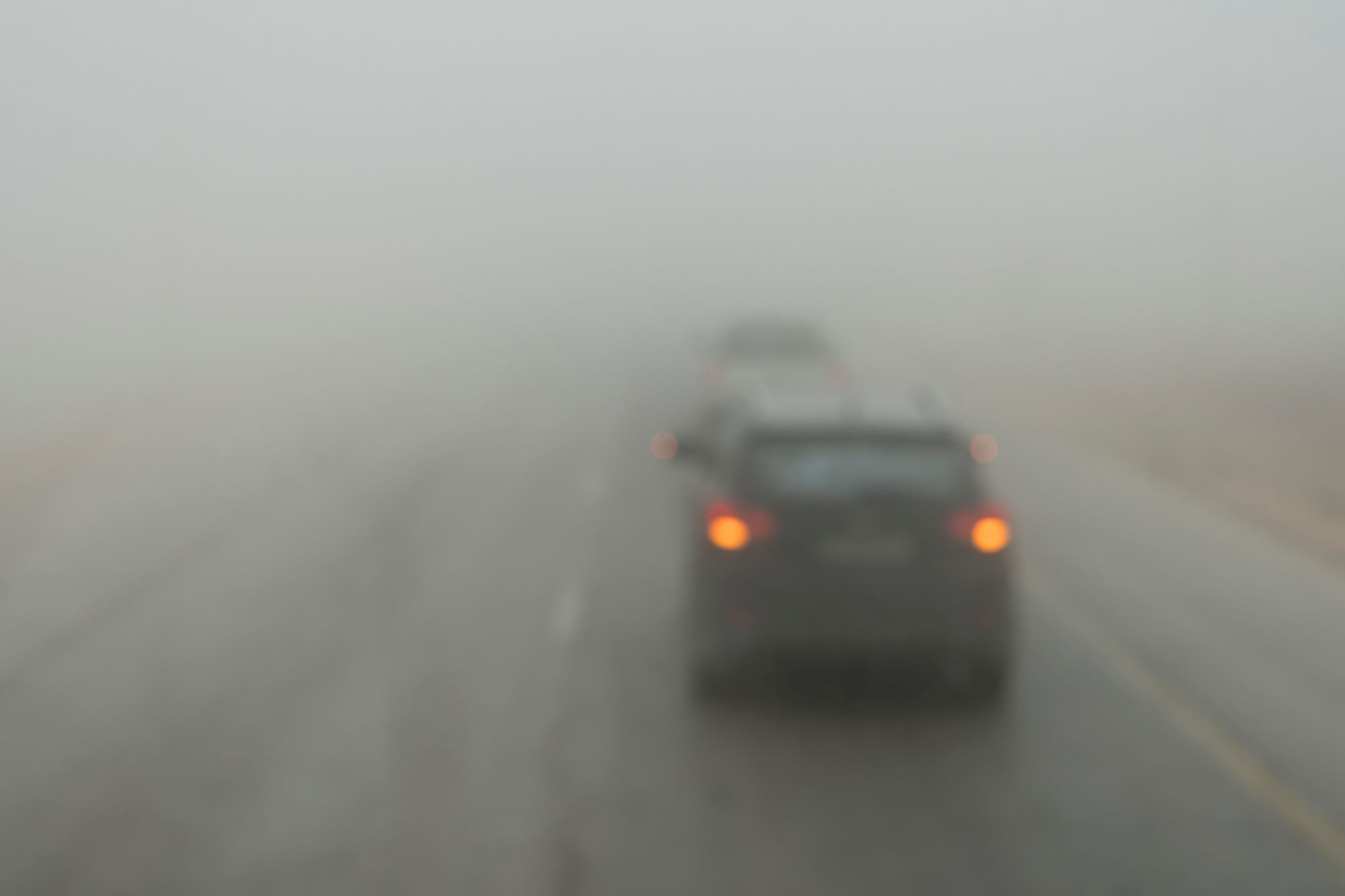Here are some tips for employers and workers about how they can minimize exposure to wildfire smoke outdoors and in vehicles.

Photo credit: iStock.com/Diy13
Apple farmer Steve Brown is one of many B.C. employers concerned about the safety of his workers exposed to forest fire smoke. They’ve been trying to harvest the crop of 2020, but it’s taking longer than usual because of the conditions.
Recently he told CBC news: “I’ve told the crew if you need to take longer breaks or need to quit early or start earlier, do it, because, obviously, the health of our workers is the prime concern.”
Employers and workers with questions about the health risks of smoky air should have a look at Wildfire smoke: Frequently asked questions from WorkSafeBC. It explains the hazards associated with wildfire smoke and what we can do to minimize exposure to it, along with links to much more information. In general, the effects from exposure — such as headaches and irritation of the lungs, nose, and eyes — appear to be temporary in healthy people.
What can workers do to protect themselves from wildfire smoke?
Whether driving on the job or working outside, workers can take steps to reduce their exposure to the smoke.
Workers who drive on the job should:
- Keep vents and windows closed
- Operate AC in “recirculate” mode
- Turn on headlights to increase visibility from behind (tail lights) as well as in front
- Open windows in areas with good air quality, if possible, to prevent carbon dioxide buildup
People who work outside should:
- Drink lots of water to stay hydrated and avoid heat stress
- Decrease physical activity or exertion level
- Use a respirator, if required, depending on the level of smoke and the work activity
- Remember they have the right to refuse work if they feel unsafe
How can employers protect workers from wildfire smoke?
Employers can take measures to minimize harmful effects of smoke exposure to workers by:
- Limiting physical activity outdoors if practical
- Following air quality advisories and considering the direction of the smoke, then relocating work to less smoky areas or postponing it until the air quality improves
- Providing respirators as required, depending on the level of smoke and work activity
- Making sure HVAC systems are working properly, with clean, undamaged filters
- Check in with your workers to make sure they feel supported and safe
Call the Prevention Information Line
The effects from wildfire smoke can vary, depending on the level and duration of exposure and individual (personal) factors. Symptoms of exposure should be dealt with in the same manner as other workplace injuries and illnesses, and individuals with severe symptoms should seek medical attention immediately.
Anyone with questions about safety at their workplace can call WorkSafeBC’s Prevention Information Line at 1.888.621.7233 (1.888.621.SAFE).


